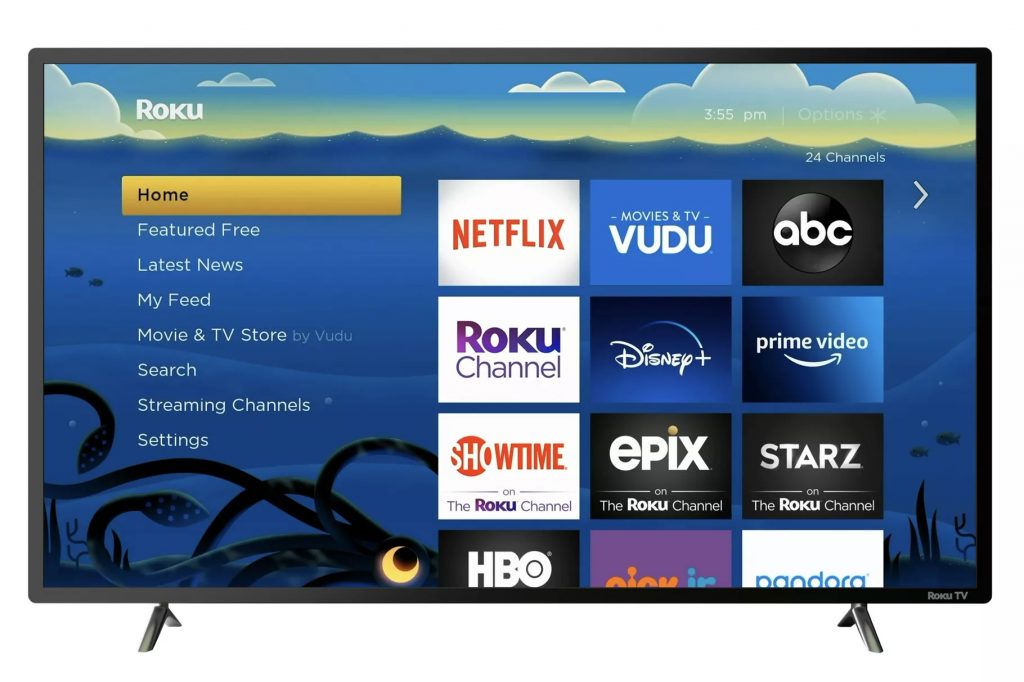
After more than 35 years of operation, TBI is closing its doors and our website will no longer be updated daily. Thank you for all of your support.
Roku’s quarterly growth defies predictions, with 18 billion hours watched
 Roku has increased its monthly active users (MAUs) by 35% in the first quarter of 2021, to reach a total of 53.6 million.
Roku has increased its monthly active users (MAUs) by 35% in the first quarter of 2021, to reach a total of 53.6 million.
The company delivered “an exceptional first quarter”, CEO Anthony Wood told analysts, with platform monetisation proving to be the biggest revenue driver.
Overall, revenue was up 79% year-over-year to $574m, while operating income was at $76m. Both of these were far higher than Wall Street analyst predictions, which estimated that revenue would be at $491m and that operating income would be at a loss of $55.2m.
Billions & billions
The stellar numbers underline Roku’s ongoing expansion and follow its investment in launching new content to The Roku Channel. It also acquired the IP from Jeffrey Katzenberg’s short-lived Quibi and more recently said it was looking for further original IP additions.
Roku users streamed an astonishing 18.3 billion hours in Q1, up 49% from this time last year. This translated to an ARPU (average revenue per user) of $32.14, up 32% year-over year.
While the increase of users was undoubtedly a positive, growth was slower than in Q4. This, CFO Steve Louden insisted, is due to Q1 typically being a “lighter promotional period in the retail calendar.”
While Roku’s platform segment, which encompasses its AVOD service The Roku Channel and advertising, is increasingly becoming the central part of the company’s business, device sales continue to be a strong money maker.
Player unit sales were up 14% year-over-year, with revenue at $108m (up 22% year-over-year). As for the platform business, revenue increased by 101% year-over-year to reach $466.5m.
Streaming shift in ‘full gear’
Roku CEO Wood explained that the platform revenue rise was because “the shift to streaming is in full gear… but there’s still a long way to go with a lot of growth ahead of us.”
He said: “If we look at advertising, for example, we’ve said historically that the biggest impediment or governor of our ad business growth has been TV buyers buying patterns that they traditionally tend to prefer traditional linear TV versus new things like streaming. And there’s a gap there as viewers move over to streaming versus the ad dollars.”
Wood said that the 2020 Covid-19 pandemic caused that difference to shrink, but “there’s still a big gap and a lot of room to go.”




